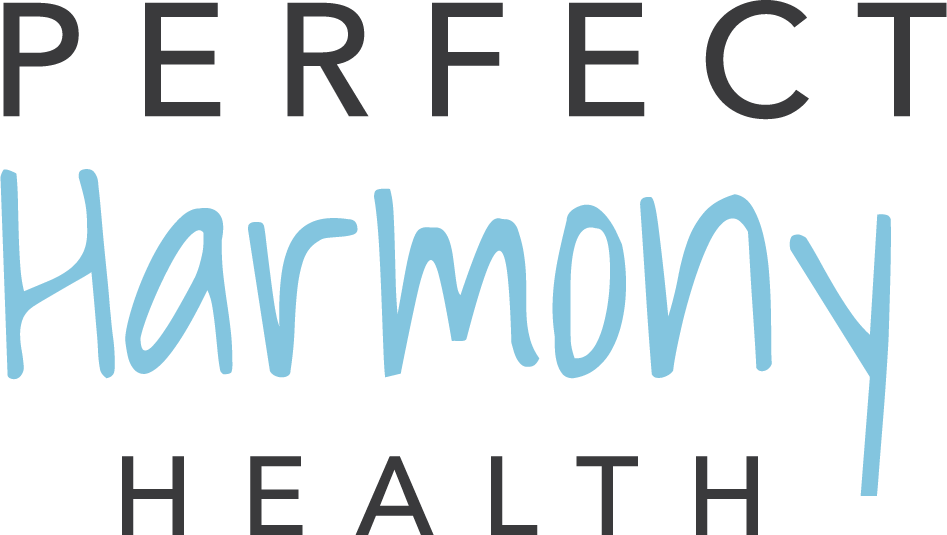Using American Sign Language in Music Therapy
How can music therapy and American Sign Language (ASL) help clients develop and increase their language skills? While music therapy sessions can incorporate tools such as visuals and pictures, movement, or Augmentative and Alternative Communication devices (AAC), the use of American Sign Language (ASL) has proven to be a beneficial resource for many music therapists when working with toddlers, clients with Autism, and clients with speech and communication disorders. For example, singing a song and signing in ASL could be used when learning how to sequence phrases or sentences because this provides extra motor and visual cues for clients to imitate.
Studies have shown that when ASL is combined with music, this can have a positive effect with transferring sign into speech through imitation, memory recall, and increased interactions between parents and children. Further research has revealed that spoken and signed languages are both processed in the left hemisphere of the brain where language production and comprehension occur. Since music also occurs in these areas of the brain, music therapy is a wonderful early intervention to support younger children and clients with the development of speech and communication skills. Speech and language are musical in nature when you consider how the elements of pitch, tone, dynamics (loud/soft), and rhythm are represented in our communication and this overlap is a perfect example of how music therapy can address goals in this area.
At Perfect Harmony Health, our music therapists utilize ASL to enhance communication with clients in early childhood as well as with clients who are diagnosed with Autism, developmental delays, Down Syndrome, and other speech and communication disorders. During Fit4Mom, a workout group for moms and kids, our music therapist uses ASL to sign and express words or phrases such as “yes”, “no”, “more”, “bathroom”, “hello”, “all done”, and “thank you”. At Gigi’s Playhouse, our music therapist incorporates ASL during songs with early childhood clients and their families who have shown an interest in learning more signs after seeing firsthand how ASL can contribute to the development of speech. When singing “You Are My Sunshine”, ASL can be used to sign words such as “happy”, “gray”, “sun”, or “love” which can then be transferred to use in everyday speech as shown in the video below. ASL in music therapy can also be used to teach the alphabet, colors, emotions, objects or could be used to help clients initiate wants or requests (“I want water” or “I need bathroom”).
Please check out the ASL charts below and enjoy this video of “You Are My Sunshine” with ASL. There’s all kinds of fun ways to incorporate ASL and music into our lives!
You Are My Sunshine in ASL!
REFERENCES
American Speech-Language-Hearing Association. (2019). American Sign Language [Position Statement]. Retrieved from www.asha.org/policy/
Buday, E. M. (1995). The Effects of Signed and Spoken Words Taught with Music on Sign and Speech Imitation by Children with Autism. https://doi.org/10.1093/jmt/32.3.169
Campbell, R., MacSweeney, M., & Waters, D. (2008). Sign Language and the Brain: A Review. Journal of Deaf Studies and Deaf Education, 13(1), 3–20. https://doi.org/10.1093/deafed/enm035
Colwell, C., Memmott, J., & Meeker-Miller, A. (2013, September 4). Music and sign language to promote infant and toddler communication and enhance parent–child interaction. International Journal of Music Education, 32(3), 333–345. https://doi.org/10.1177/0255761413491214
Devlin, K., & Meadows, A. (2021). Integrating Alternative and Augmentative Communication into Music Therapy Clinical Practice: A Clinician’s Perspective. Music Therapy Perspectives, 39(1), 24–33. https://doi.org/10.1093/mtp/miaa010



